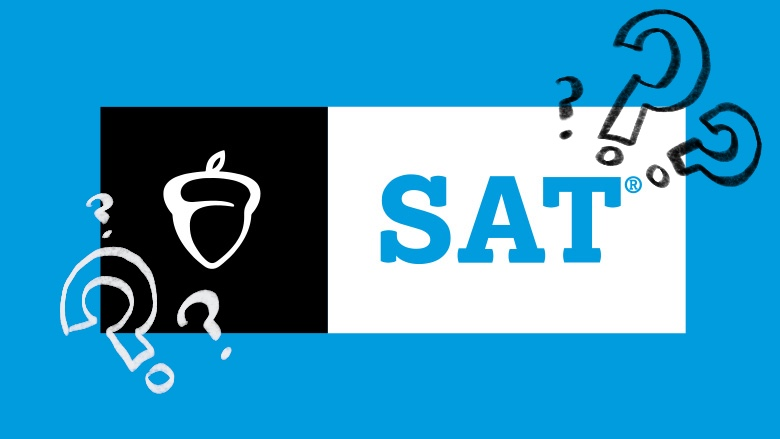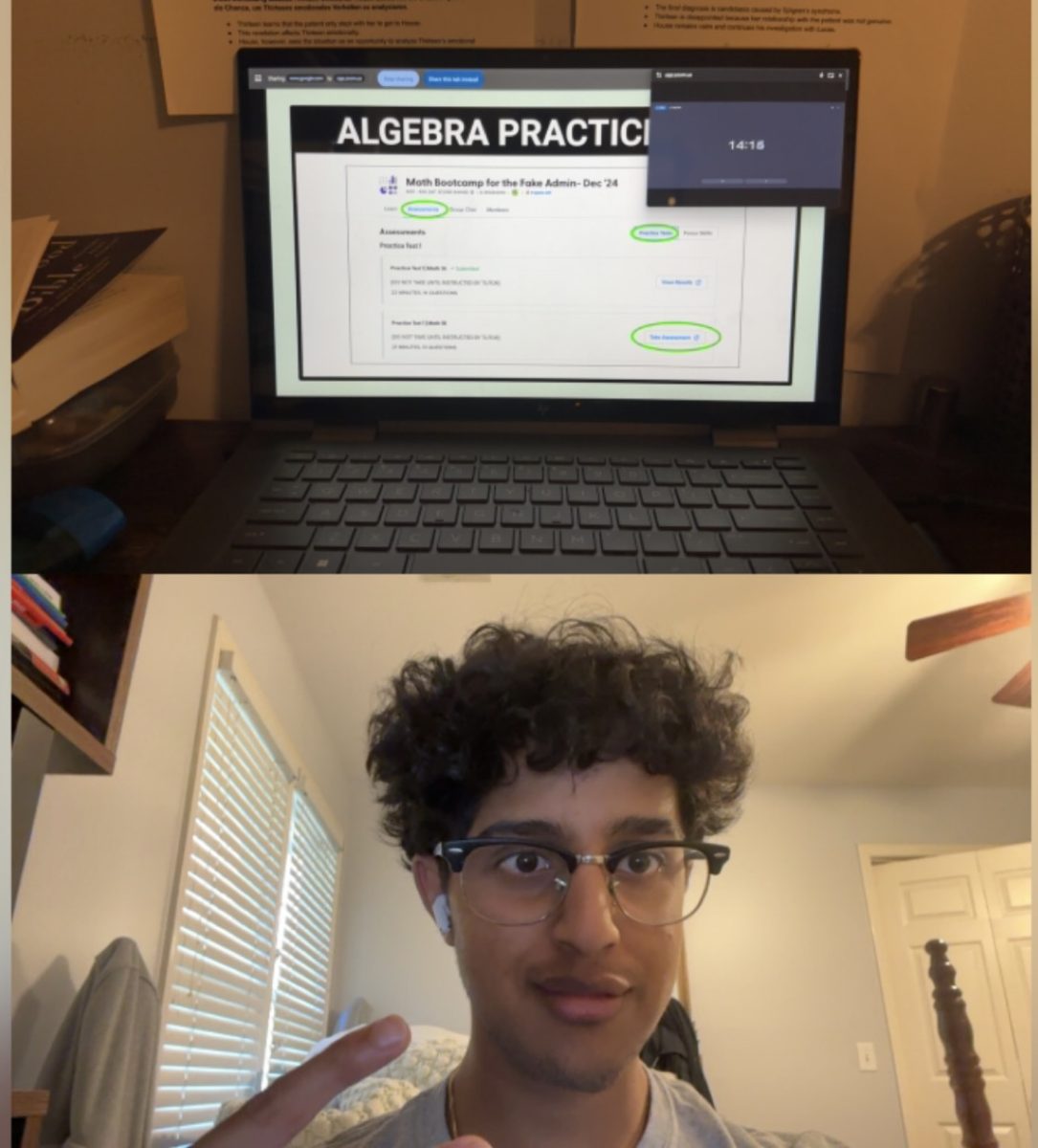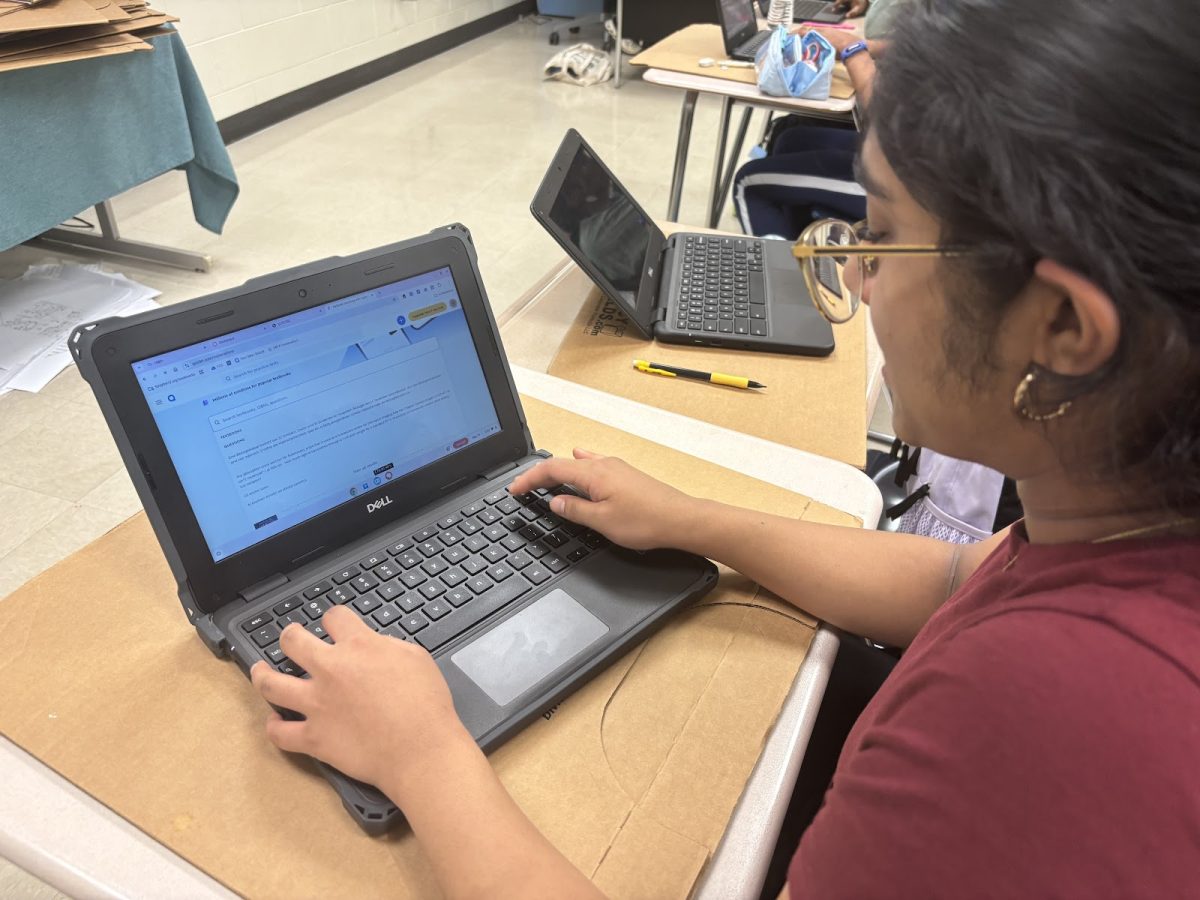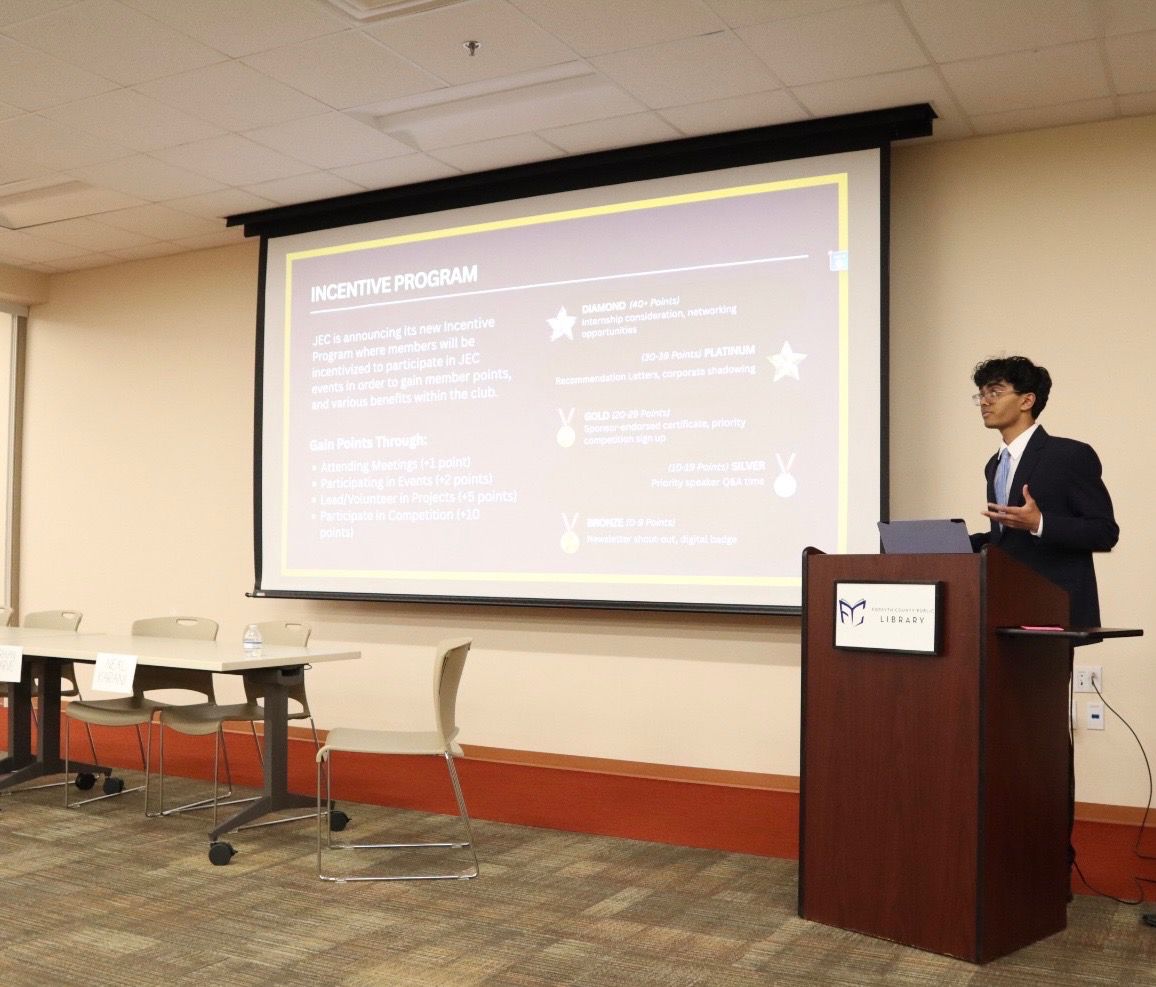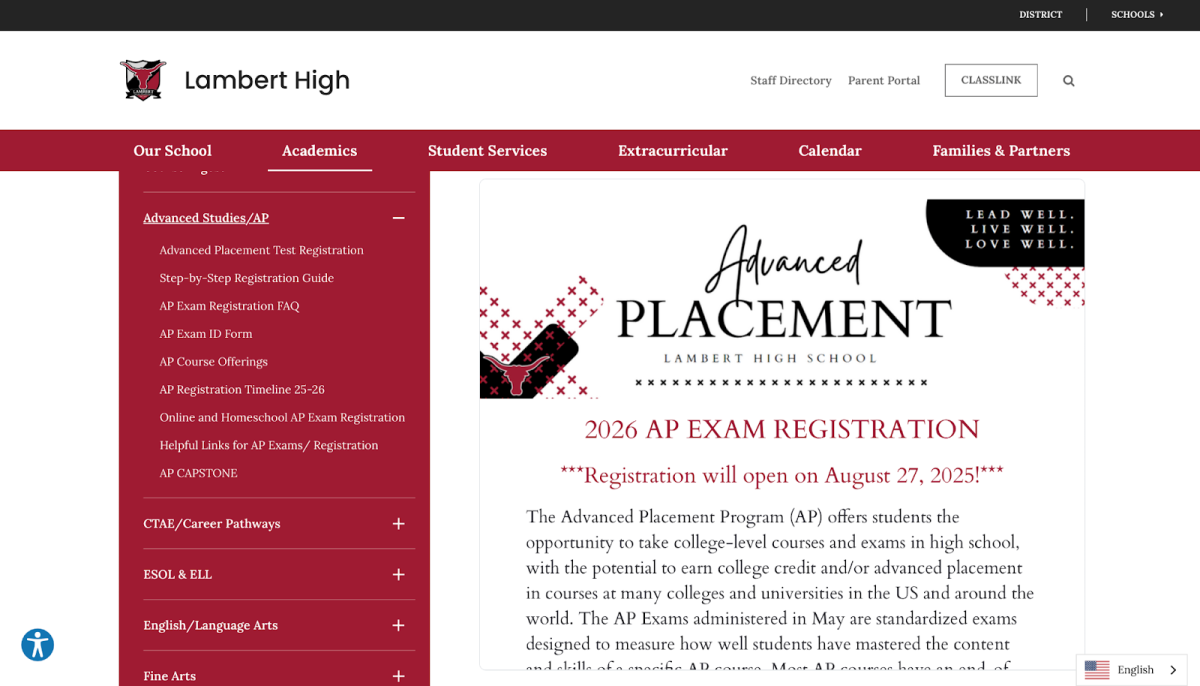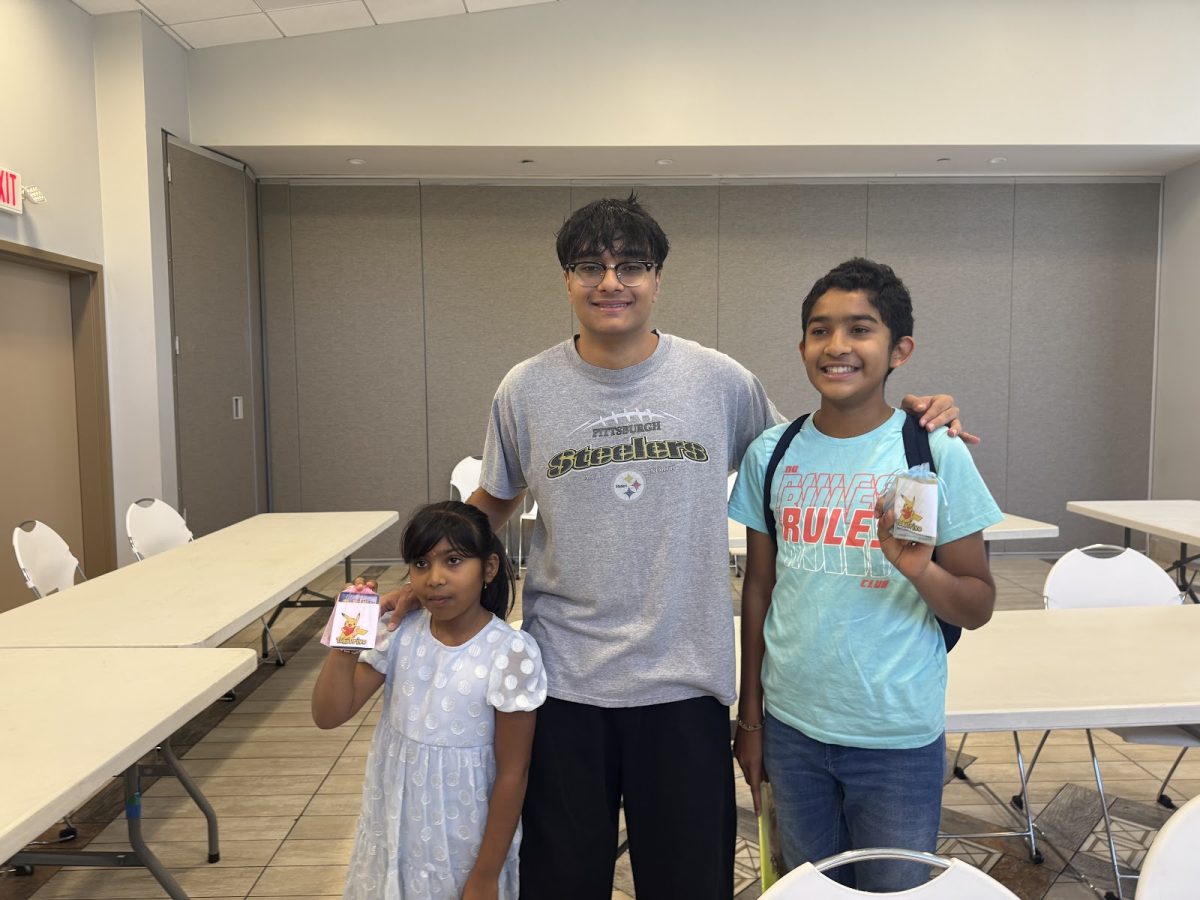The new digital Scholastic Aptitude Test, better known as the SAT, has proven to be an interesting transition from the previously paper SAT. Not only is it now only math and reading, but it is significantly shorter than the original.
The now virtual SAT is in total 134 minutes, with 64 minutes designated for reading and 70 minutes designated for math. Each subject has two sections with 10-minute breaks in between. Students have been relieved over this change, with many feeling as if the original Sat was much too long. With the new SAT, students feel that their attention span is accommodated and that they can focus on questions much better.
However, there has also been controversy over the customized difficulty in the second part of the SAT. Students have reported that after taking the first part of the math SAT, the second part was notably harder.
“You’ll answer a set of questions in the first module before moving on to the next. The questions you’re given in the second module depend on how you performed on the first module,” College Board officially stated.
While this may seem unfair, Lambert junior Kai Robertson, who took both versions of the SAT, believed that it wouldn’t be a huge issue.
“I think it’s fine,” Kai said. “It’s certainly easier if it’s standardized, but I guess it’s harder to study for an adaptive test.”
Additionally, there is the issue of it being online. Many have had valid concerns about network failure, crashing, or running out of battery. Slow Wi-Fi and loading times can also cause students to lose precious seconds that may have helped them solve an extra problem.
This change has left many questions about the future merit of standardized testing in college applications. Ever since Covid-19, many colleges have been pursuing the test-optional approach. However, many institutes such as Brown, Yale and MIT are switching back to the standardized testing mandate.
“I think it’s really easy to inflate your GPA,” Robertson commented. “So having a standardized test makes it equal for everyone.” The future of standardized testing remains unseen, but the best course of action students can take to prepare themselves is to focus on what is currently given to them. Tests are only a small part of a student’s application and an even smaller indication of who they are as a person.



